‘The Dramaturgy of Space’ by Kinga Nowak at MODEM Modern and Contemporary Arts Centre
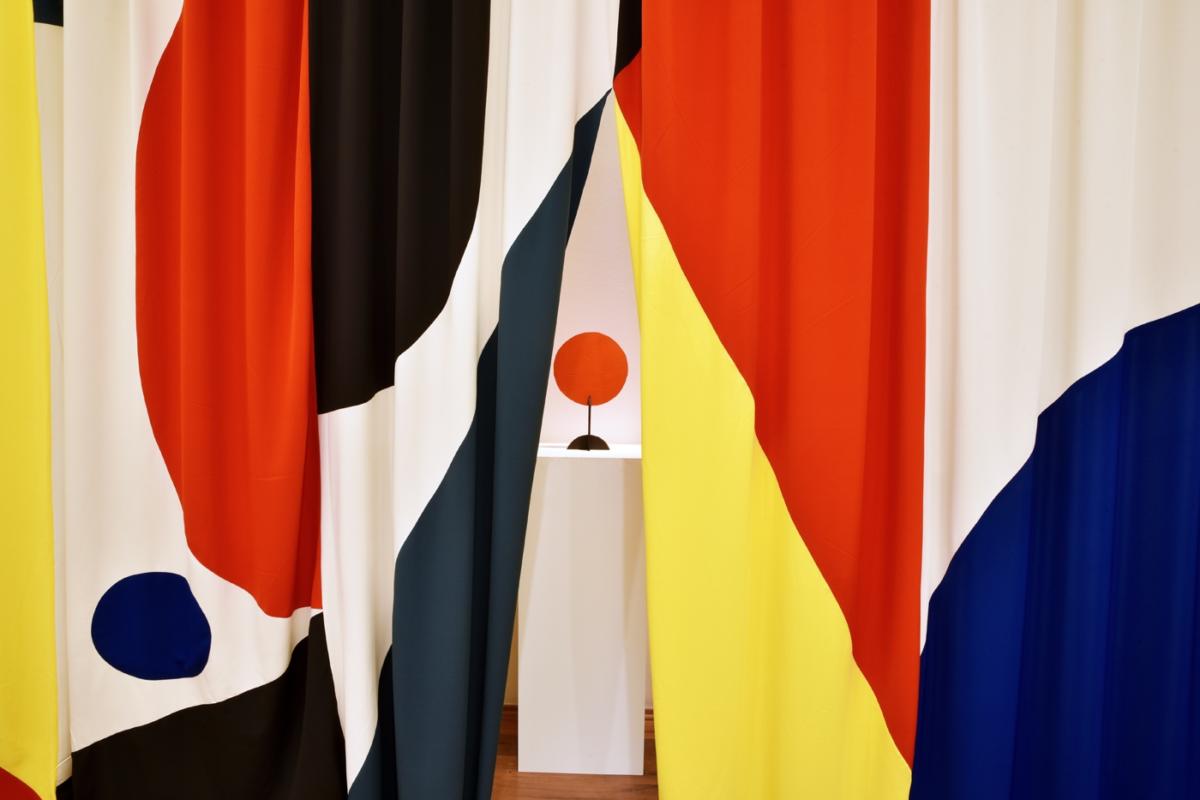
The Dramaturgy of Space puts on display paintings and objects by Kinga Nowak, allowing viewers to gain a comprehensive insight into the artist’s work produced over the last few years. This is the first time that her paintings, sketches, small and large spatial forms and installations have been encompassed within one exhibition. The nucleus of the show are, on the one hand, paintings on canvas in the style of narrative figuration, composed of personal elements, private experiences and memories, characterised by peculiar exotic surrealism and constructivist approach to composition and colour. On the other hand, three-dimensional pieces refer back to the questions of the theory of colour and the rules of perception, and are rooted in stage design as well as the return to basic forms of early avant-garde which Nowak naturally incorporates into her artistic vocabulary.
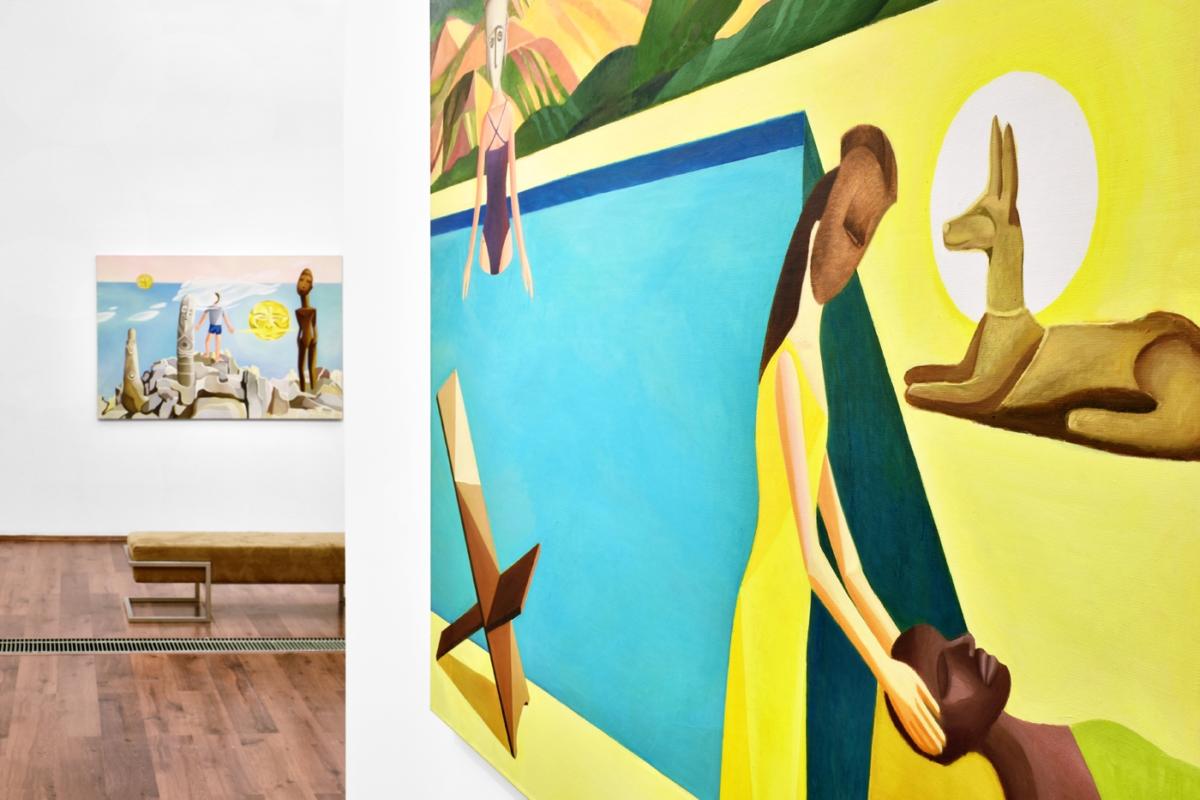
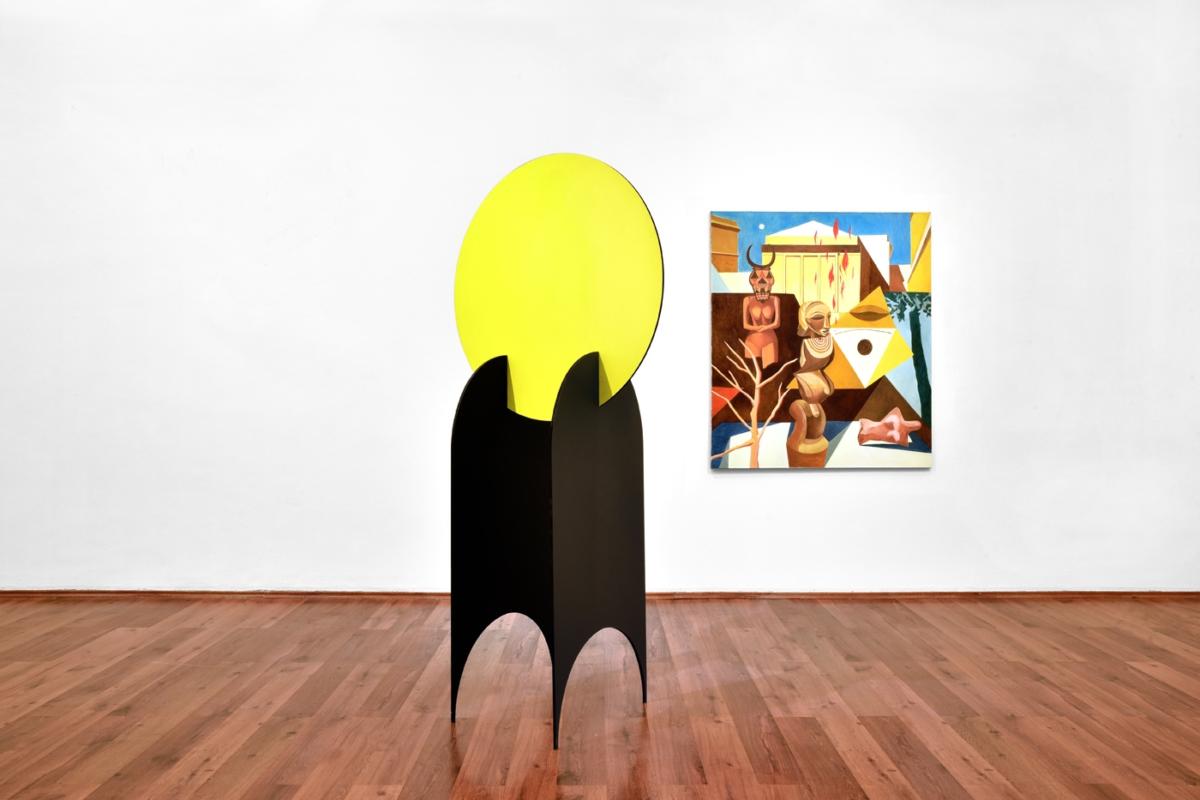
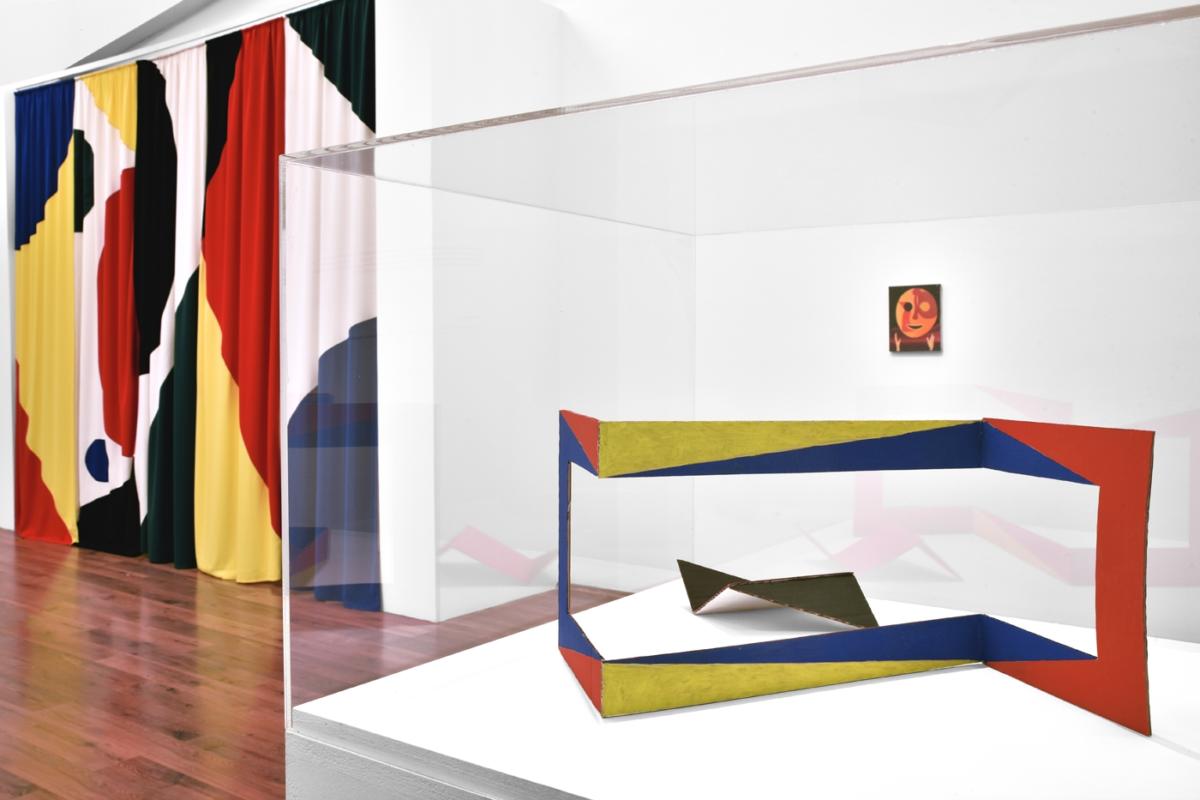
In her essay accompanying the exhibition, Magdalena Ujma writes:
“For the last few years, Kinga Nowak has been involved with the modernist tradition, and abstraction has entirely dominated her work. The artist vivifies the geometric version of non-representational art, but no sign of detached numeral canons, the rigour of calculated proportions, or merciless precision of composition is to be found here. By creating paintings, objects, larger spatial arrangements or – recently – fabrics, the artist evokes the robust and energetic spirit of geometry. She draws inspiration not only from the interwar period, but also from later waves of interest in abstract art. But it is the early examples of employment of this kind of artistic language that remains the main reference point for her work.
(…)
By painting pictures the artist tries to find her own way through the excess of visuality. She turns to private, individual encounters with art with their little pleasures, deciphering past codes and reusing old artistic languages. Her works are unpretentiously elegant and slightly nonchalant.
(…)



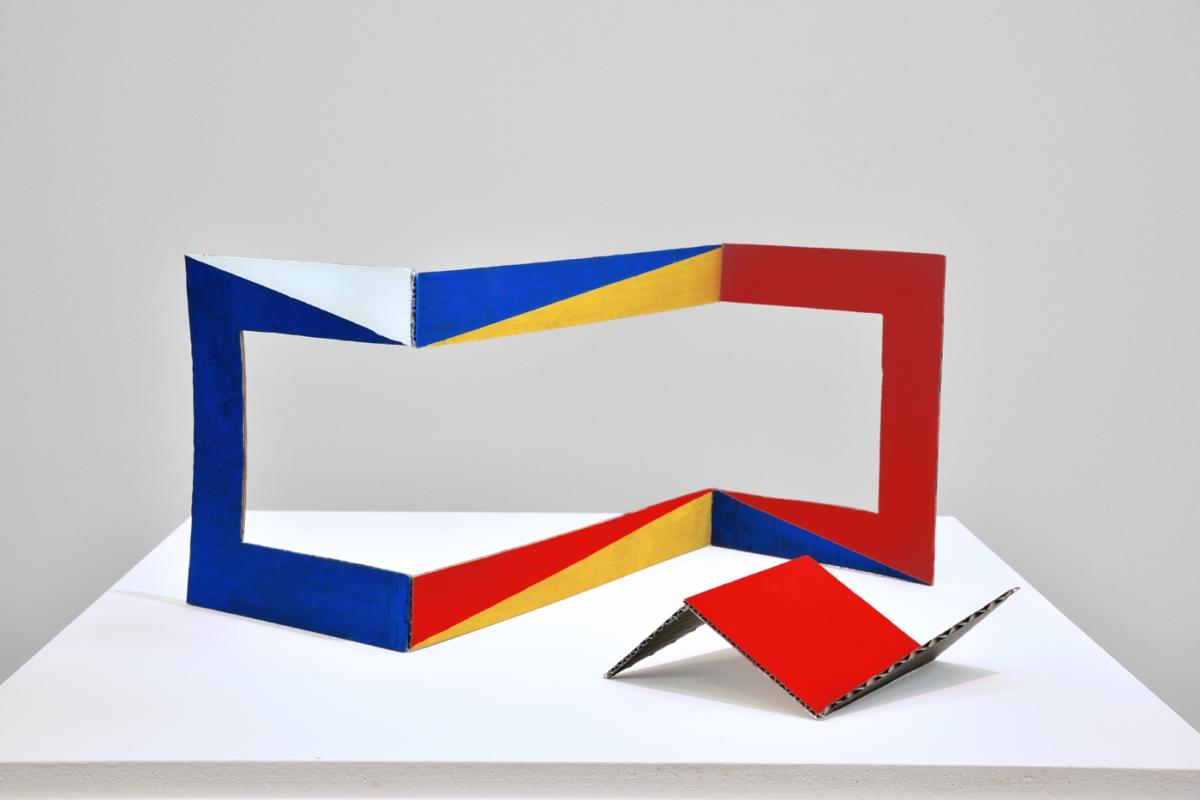
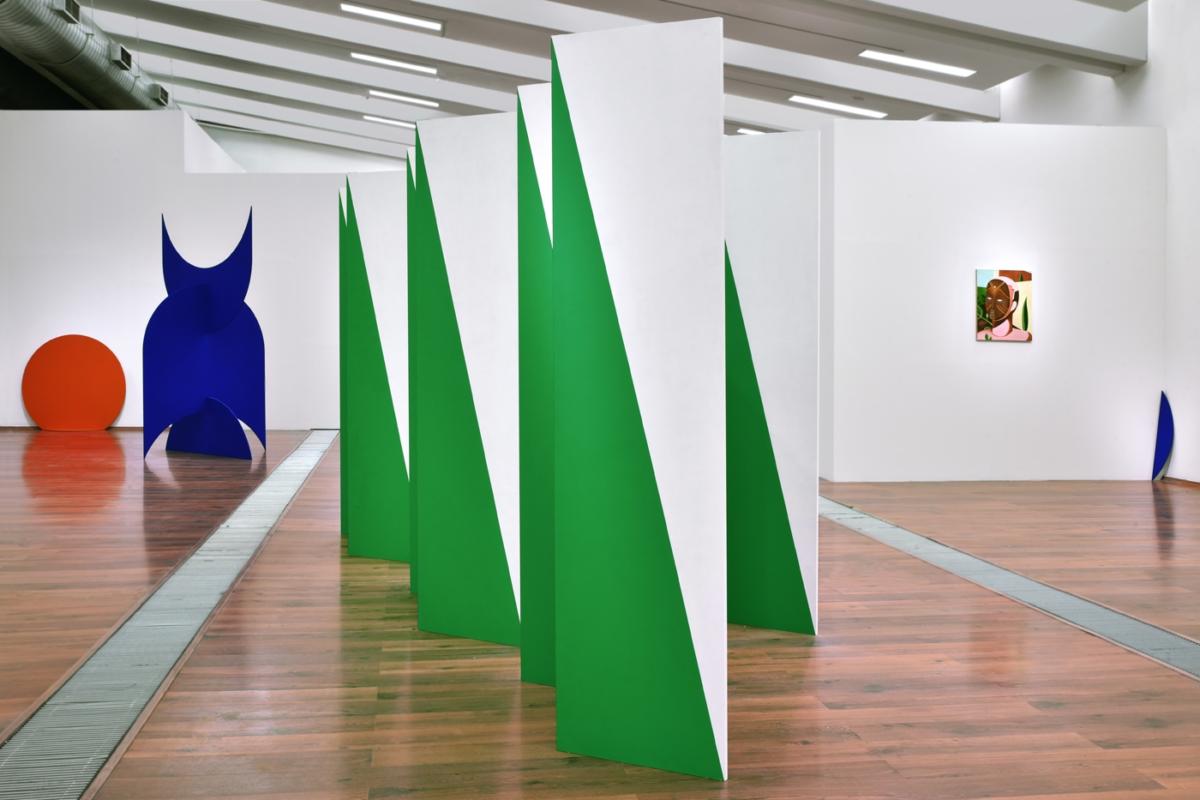
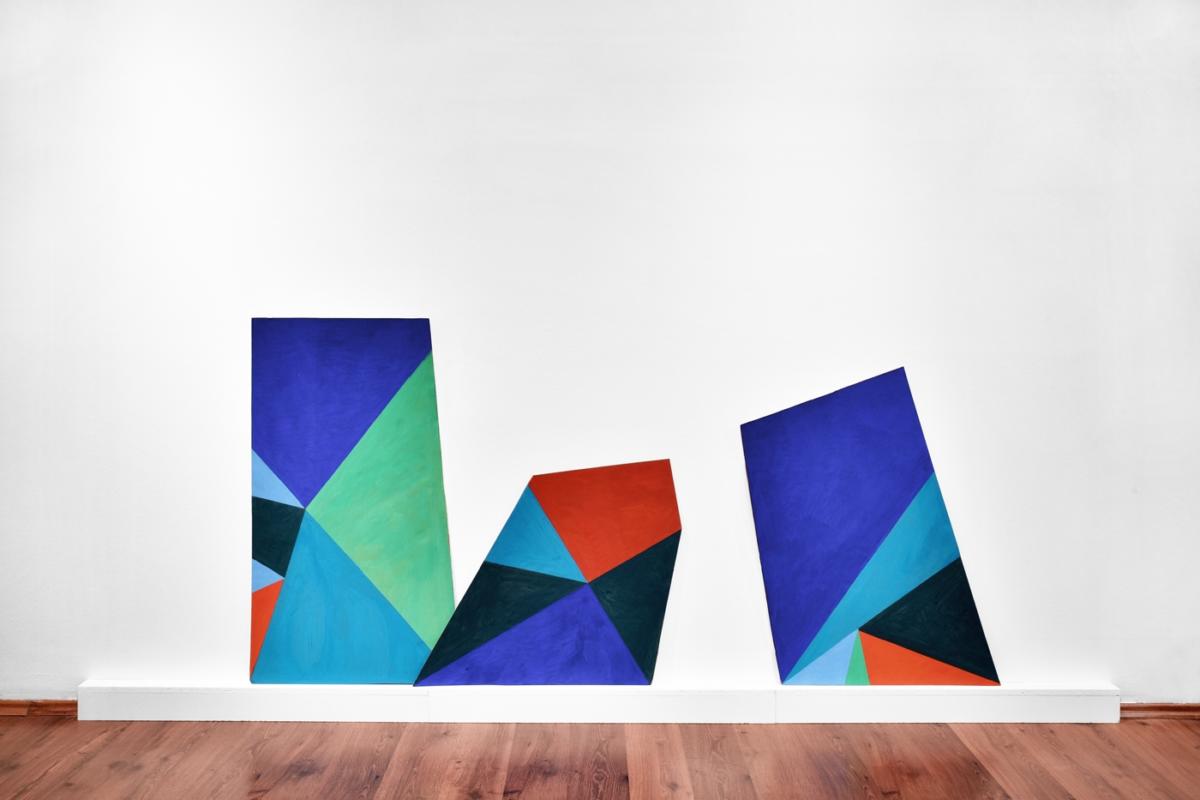
Kinga Nowak’s abstract works – paintings or spatial objects, large or small – strike the viewer with their intensity. The intensity of presence and colours. I will only add that three-dimensional objects seem to be a continuation of what has been designed in painting. In a way, the latter seems to provide colourful models to be assembled or, anyway, visions of constructing or organising space based on geometric solids. Although Kinga Nowak’s works do not serve any useful function, they do not create the impression that they are nothing but an empty ornament or packaging. Their surface is saturated with colours. Sometimes the background comes through, usually some easily available material such as, for instance, corrugated fibreboard. These simple and pure pieces expose a striking contrast between mundane materiality and their intense existence. The artist has managed to capture the visual impression and to change its ‘state of matter’. A transformation has occurred – something transitory has metamorphosed into a preserved moment, a frozen stream of memory. Elements of chaotic life have been united to form one crystal clear composition.
Also rooted in painting, the large-format fabric is a curtain with no additional comments or explanation. It looks like the surface of a picture suspended from the ceiling. Just like other works by the artist, it forces the viewer to move. Here – to walk to the left (there is a hidden passage between the folds). The fabric falsely promises that you can enter the painting or have a look at what is behind it. Larger objects from the category of ‘post-painting sculpture’ act in a similar way. They encourage the viewer to circle around them, to step inside them, to change perspectives. As I have mentioned before, they always relate to the external human point of view and to the bodies of people attending the exhibition, viewing the works.”
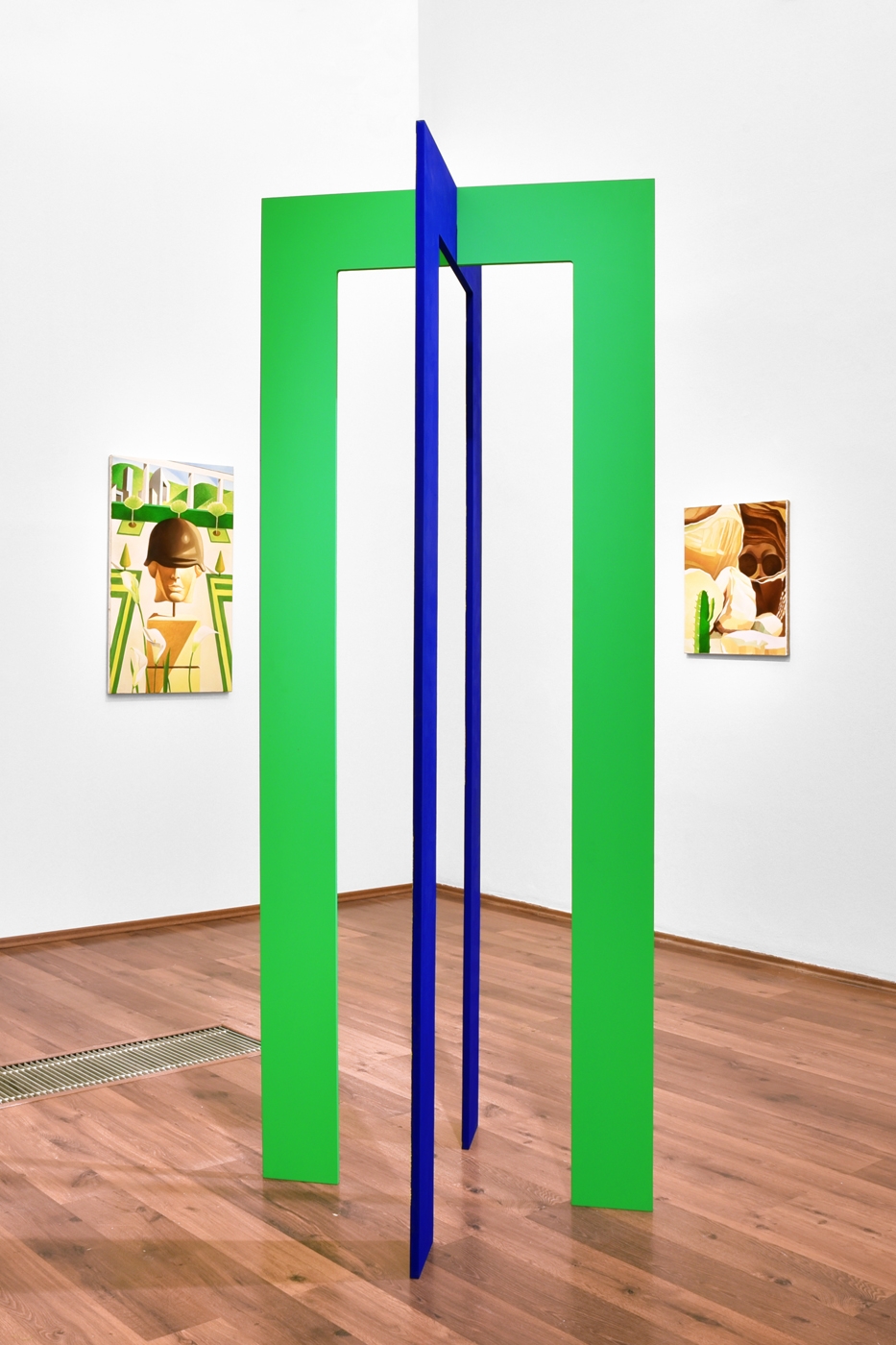
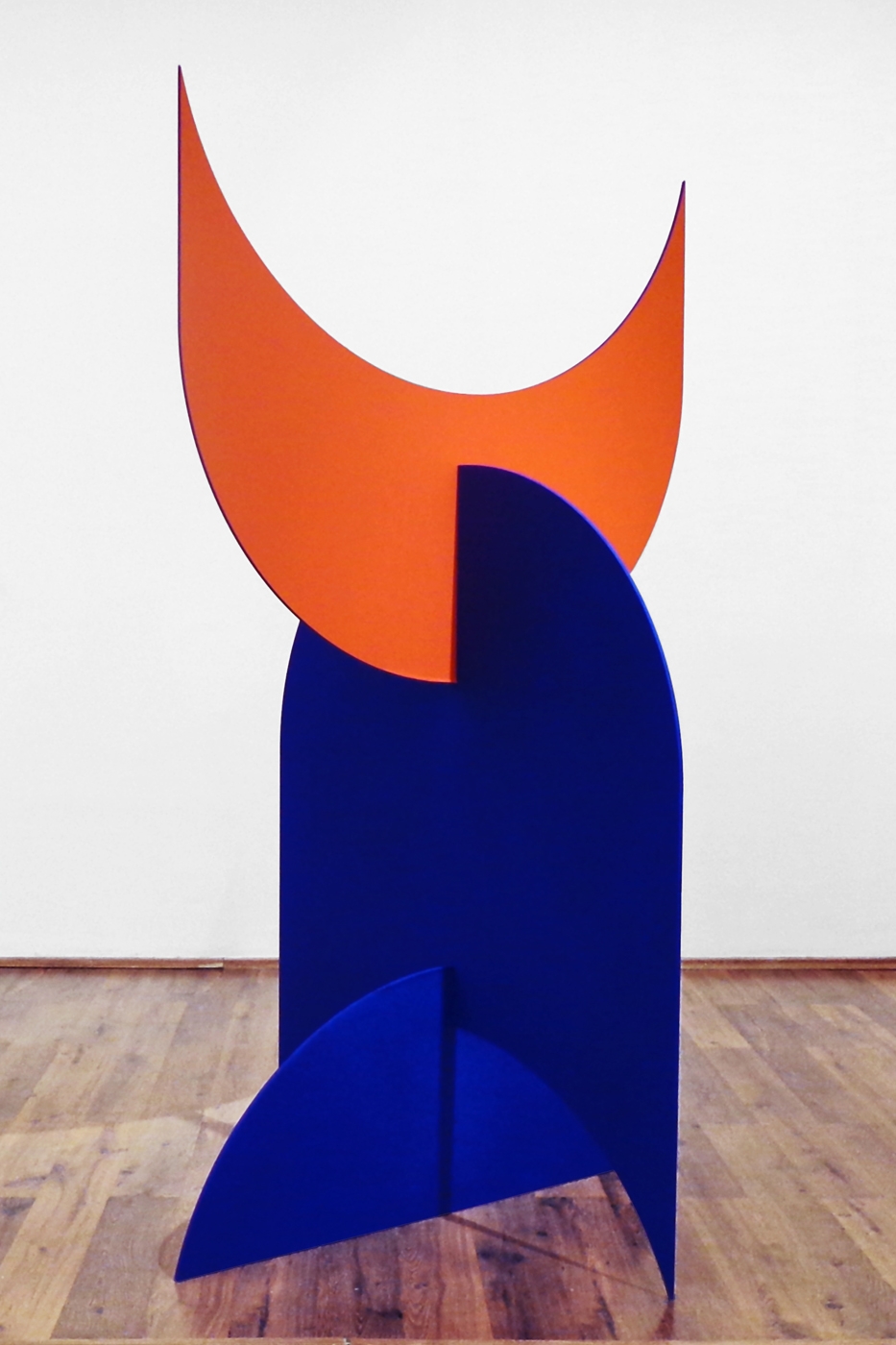
This year’s programme at MODEM is devoted to a high degree to theatre, narrative, and space, as well as their visual interpretation. The cycle has been opened by a large exhibition of the work by the Hungarian artist Géza Blattner, the founder of the Arc-en-ciel Theatre in Paris which attracted numerous eminent French artists of the interwar period, and a show by Olga Tobreluts, a Saint Petersburg-based artist, the leading representative of Russian Neo-Academism, who uses mythological, religious and literary motifs in her work, employing both classical and contemporary means of artistic expression. The main curator of the cycle is Ábel Kónya.
Imprint
| Artist | Kinga Nowak |
| Exhibition | The Dramaturgy of Space |
| Place / venue | MODEM, Debrecen |
| Dates | 18 February - 31 March 2018 |
| Curated by | Ábel Kónya |
| Photos | Lukács Tihamér |
| Website | www.modemart.hu/en |
| Index | Ábel Kónya Kinga Nowak MODEM Modern and Contemporary |
